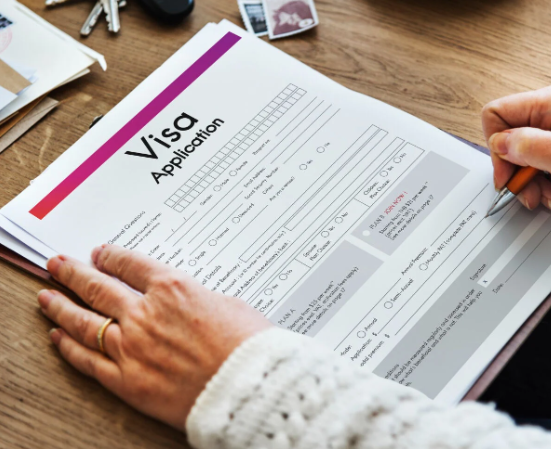
5 Best Destinations You Can Visit on a Crystal Cruise Ship
January 23, 2025
Quintana Roo: A Complete Guide to Mexico’s Most Beautiful Region
January 27, 2025Think it’s too difficult to say “goodbye” to Thailand? It could be the breathtaking beauty of the Golden Temple, the deliciousness of street food, the exciting tuk-tuk ride through the bustling streets, or the soothing energy of the azure waters that makes you consider extending your Thai vacation. Who can blame you?
Rest assured, you are not the only one looking to extend your stay in Thailand. Every year, countless tourists are captivated by its hypnotic charm and start tinkering with their calendars, eager to see more sunrises and sunsets in this fascinating Southeast Asian country.
However, as all savvy globetrotters know, the glory of travel wouldn’t come without a little bureaucracy. But dear readers, fear not! We are here to help you through this procedure, giving you more time to think about your next Thailand adventure. Let’s detail the step-by-step process of “How to Extend Thailand Tourist Visa”.

How Long Can I Stay in Thailand with a Tourist Visa?
Tourist visas are essential for most foreigners who plan to travel to Thailand for leisure or pleasure. The process of obtaining this information may depend on the country of origin and the estimated length of stay.
Currently, the most popular option is a 60-day tourist visa, which you can extend for 30 days at your local immigration office. This visa must be obtained from the Thai embassy or consulate in your country of origin before you can enjoy the Thai sunshine.
However, if you are a national of one of the 64 countries that have a visa-waiver agreement with Thailand, you do not need to apply for a visa in advance to enter the country. A visa waiver is granted upon arrival in Thailand, allowing you to stay in the country for 30 days without any prior application.
Another route is a visa on arrival, which allows entry into Thailand for 15 days and can be obtained upon arrival at most major airports and land border crossings. Although temporarily extended from 15 days to 30 days, this option has now reverted to 15 days.
How to Extend Thailand Tourist Visa
Extending your Thai visa for 30 days is a relatively simple process.
First, pay attention to the type of visa you have and the extension period you need. Usually, tourist visas are valid for 60 days, but a 30-day extension can be added. The current extension fee is 1,900 baht, which is equivalent to around $60.
Your next step is to go to the immigration office that serves the city (or nearest city) where you live. You can find these offices in major Thai hubs such as Bangkok, Chiang Mai, and Phuket. It is very important to carry the necessary documents (and a pen to fill out some documents). This includes your passport, a copy of your passport, and a passport-sized photo. When taking passport photos, try to maintain a professional appearance as much as possible.

Then, fill out some of the necessary documents. This form is called Application Form TM. 7. It should be available at the Immigration Department or downloaded online. Details and accuracy when filling out these forms are essential to avoid slowing down the litigation process.
Once the completed form is submitted and the extension fee is paid, the wait begins. Officially, the processing time for tourist visa extensions is 7-10 days. However, depending on various factors, this may be done in one day or may be extended to two weeks.
When your extension is approved, you must collect your passport (now with a new visa) from the immigration office. It is advisable to double-check the expiry date of your visa to ensure that it coincides with your intended date of stay.
What to Remember
Remember the golden rule for any important journey – don’t delay. Avoid possible complications of overstaying. Thai authorities do have a reputation as the “Land of Smiles,” but they appreciate your compliance with their visa regulations. That’s why it’s not just to plan ahead, but to leave a little wiggle room in the schedule for this process. In some cases, depending on your situation, it may even be necessary to cross the border briefly, leave and re-enter the country to renew your visa.



